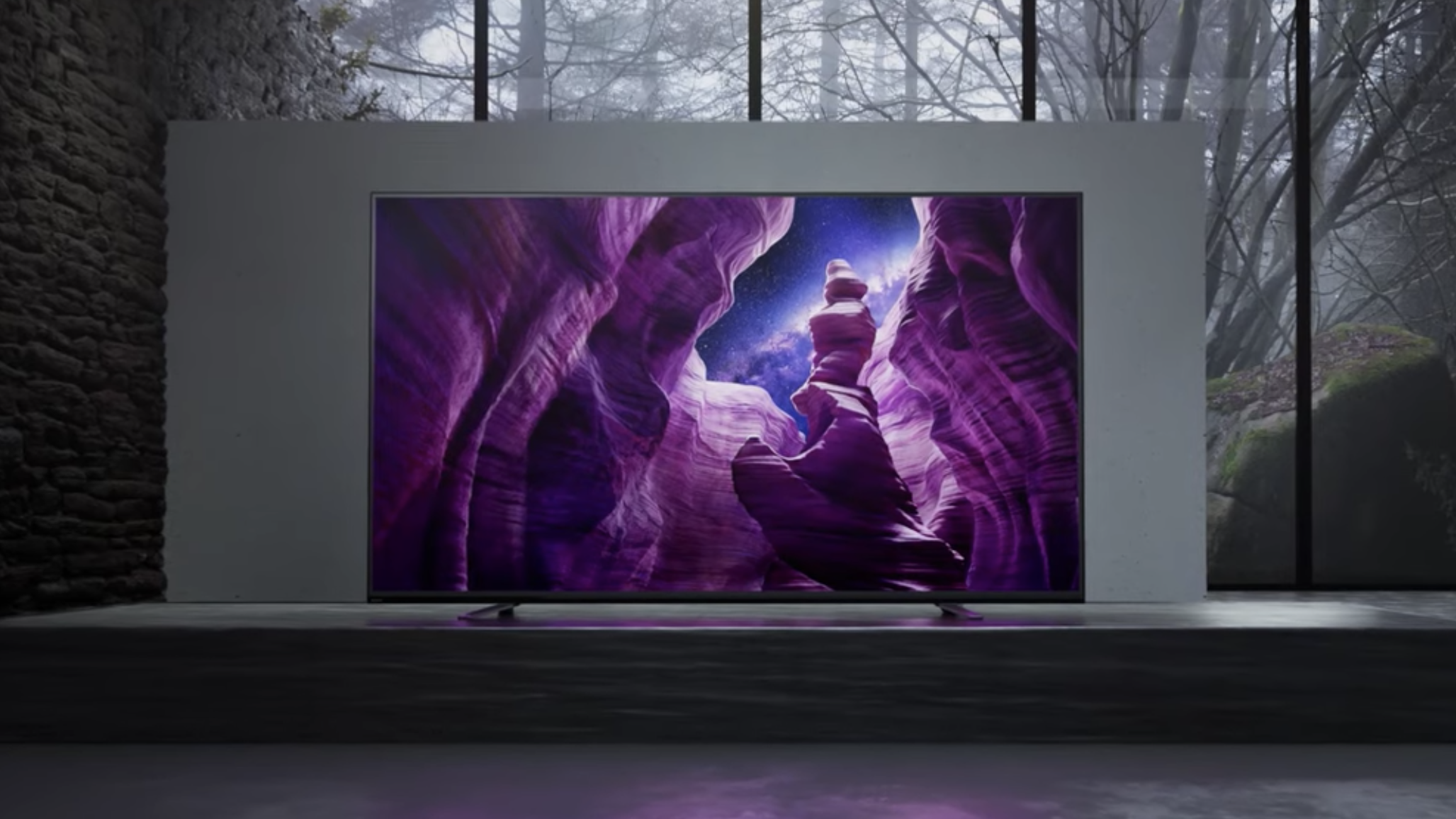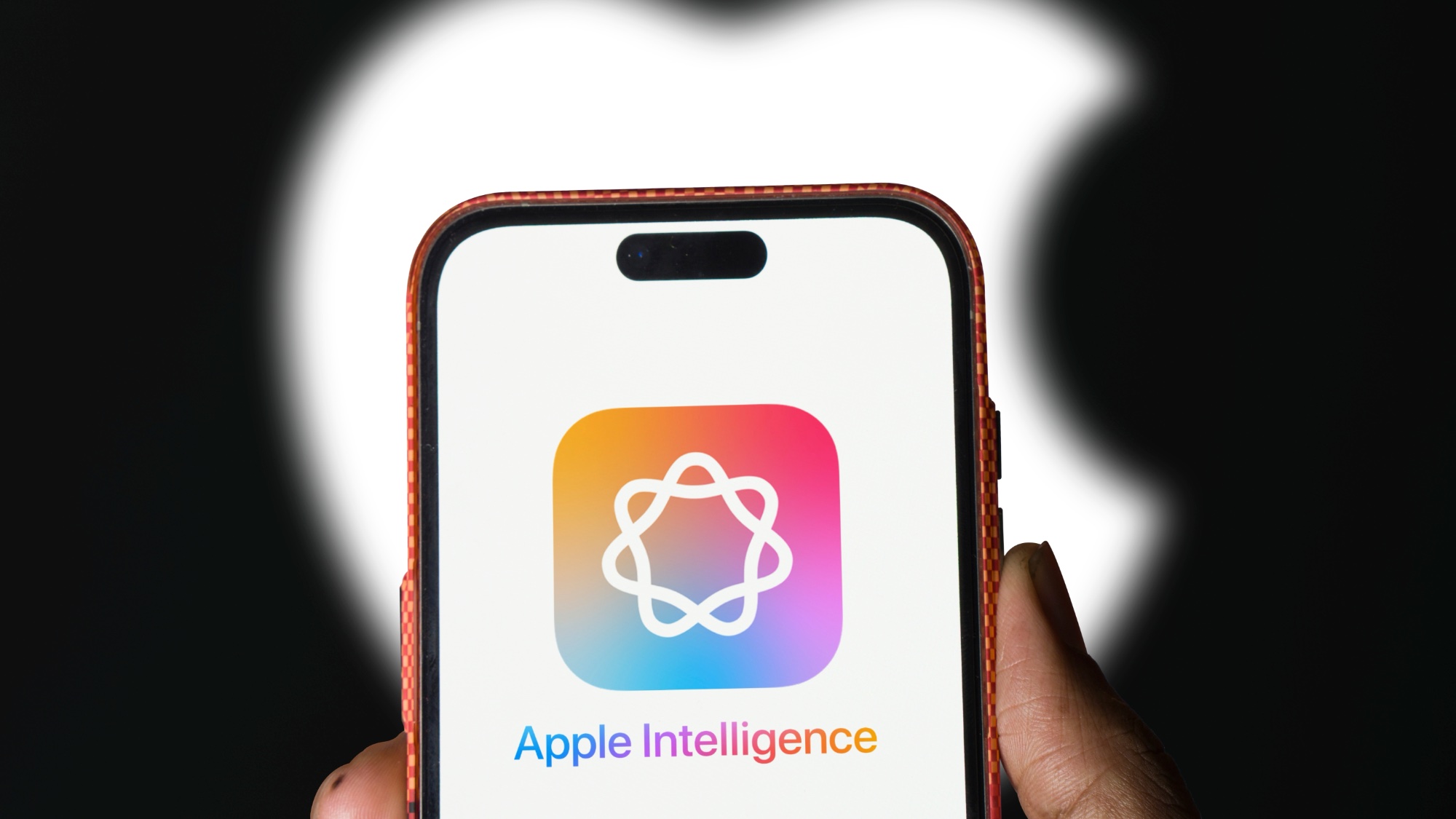This Sony Bravia OLED ruined all other TVs for me — here’s why
Thanks to the Sony Bravia A8H OLED, there’s some things I can’t unsee.

The Sony Bravia A8H OLED TV isn’t just the most expensive TV I’ve tested — it's the most mischievous, too. For the set’s price, I presumed its performance would edge on impractically lavish enough that I’d never want it myself.
Instead, it ruined all other TVs for me.
Was I naive to think a brand-new, 65-inch $2,800 OLED would do anything less? Perhaps. But living in a house where every room has a lousy, 8-year-old budget set, premium TVs never seduced me. Besides, half of my streaming takes place on a laptop or phone.
- Is the Sony Bravia A8H OLED one of the best TVs this year?
- What size TV should you buy?
- Just in: iPhone 12 leak just revealed a killer upgrade
This is no longer the case. After spending a month glued to the inky blacks, smooth motion and clever smart features of the Sony Bravia A8H OLED, I realized it’s everything I could want in a TV.
What makes the A8H’s OLED — or organic light-emitting diode — technology so spectacular is the emissive nature of the panel. This lets select areas of the screen turn completely off, creating so-called true blacks. Many smartphones, monitors and even the Apple Watch, employ OLED displays, but its distinct characteristics are far more evident on a 65-inch TV screen.
The larger format has its caveats, though. Compared to LCD TVs, OLEDs struggle with brightness because they cannot output as much light. This often makes viewing OLED difficult in natural lighting, and even could contort picture accuracy.
Our testing proved this isn’t the case of the Sony Bravia A8H OLED, though. In fact, it’s among the most accurate TVs to undergo the Tom’s Guide TV lab test to date.
Sign up to get the BEST of Tom's Guide direct to your inbox.
Get instant access to breaking news, the hottest reviews, great deals and helpful tips.
TV accuracy is measured using a Delta-E rating, which is the deviation between how color is supposed to look and what actually appears on the display. A smaller score is ideal (0 is perfect), and the A8H earned an impressive 1.54. That's better than we've seen on other top performers, like the Sony Master Series A9G OLED TV (2.7) and, yes, better than the newer LG CX OLED TV (1.95).
But the empirical performance isn’t what sold me on the A8H. No, it was my personal experience watching the latest installment of my favorite sci-fi franchise. In Star Wars: The Rise of Skywalker, the tangled tresses Adam Driver’s signature mane looked truly black even when in challenging high-contrast scenes.
As Driver, or Kylo Ren, discovers Emperor Palpatine, a haunting strobe effect flashes the screen between dark and intense bright. Many sets struggle with the fast transitions of this scene, but the Sony Bravia A8H OLED maintained almost enough detail and cinematic contrast to momentarily transport me to the film’s set.
And I haven’t stopped thinking about it since. The Sony Bravia A8H OLED I reviewed went back, and I’ve returned to using aged, inferior TVs. At first, the transition was uncomfortable, like watching people who aren’t social distancing in pre-pandemic shows these days.
A month later, I’ve realized the glass is shattered, like in the Spoiler Alert episode of How I Met Your Mother when once-overlooked annoyances about each character come to light and ruin the illusions of one another. The illusion of blacks on non-OLED TVs is gone, and now all I can see are elevated blacks, or portions of the screen that look grey or blue because the backlight prevents a true black from displaying.
So don’t get the Sony Bravia A8H OLED unless you’re ready to be dissatisfied with every other TV you own. Or at least, any TV you own that’s several years old like mine. Of course, if you can afford it, it’s one of the best TVs for picture and sound you’ll find this year.
Kate Kozuch is the managing editor of social and video at Tom’s Guide. She writes about smartwatches, TVs, audio devices, and some cooking appliances, too. Kate appears on Fox News to talk tech trends and runs the Tom's Guide TikTok account, which you should be following if you don't already. When she’s not filming tech videos, you can find her taking up a new sport, mastering the NYT Crossword or channeling her inner celebrity chef.
-
lidocaineus Please tell me this hilariously badly written article is sponsored or something. It has less weight than a fluff piece.Reply

